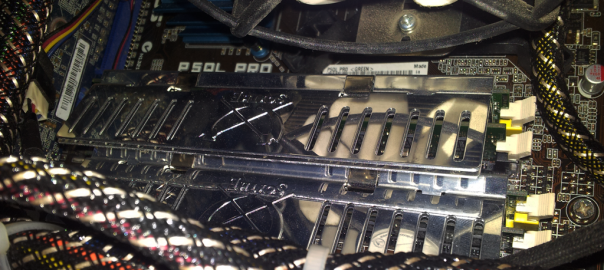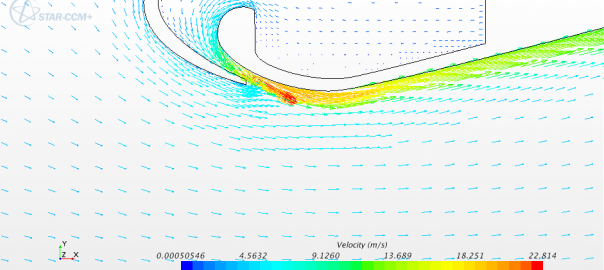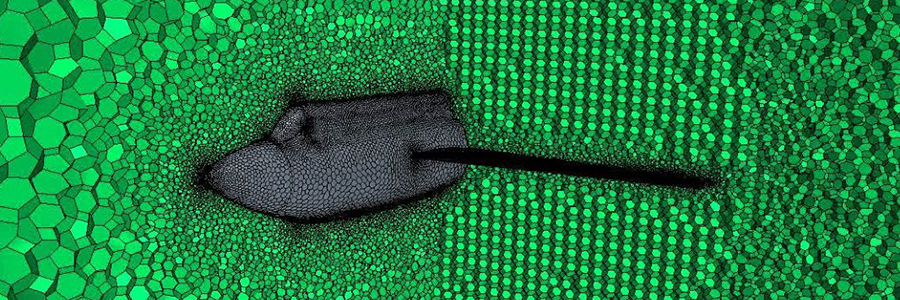Physic models in STAR-CCM+ (Part III)
When the Knudsen number $$ Kn = \frac{M}{Re}\sqrt{\frac{\gamma \pi}{2}} $$ is small, Kn < 0.01, the continuum mechanics formulation of fluid dynamics is valid, and so are […]
Continue reading »When the Knudsen number $$ Kn = \frac{M}{Re}\sqrt{\frac{\gamma \pi}{2}} $$ is small, Kn < 0.01, the continuum mechanics formulation of fluid dynamics is valid, and so are […]
Continue reading »We’ve already discussed space, time and motion models, which represent just a small portion of the physic models available in STAR-CCM+. This is Part II. […]
Continue reading »CFD simulations are usually lengthy, very lengthy, and we don’t want to spend time looking at a screen again and again to see whether the […]
Continue reading »
Although for daily usage 2 to 4 GB of RAM may seem sufficient, when it comes to CAE, all that memory space is soon swallowed […]
Continue reading »Having quantitated what is actually happening as opposed to what engineers think should happen and what the driver feels is happening, it should then be possible to study […]
Continue reading »
As I mentioned in a previous post, I was curious about how Dyson’s Air Multiplier worked. There is a quite interesting video in YouTube where […]
Continue reading »Popular driver Gilles Villeneuve used the number 27 on his final days in F1 and later was adopted by his son, Formula One World Champion Jacques Villeneuve, in his NASCAR debut.
Continue reading »Now that we’ve seen the meshing models available in STAR-CCM+, it is about time to have a look at the physic models solvers used to provide […]
Continue reading »
As it is very important to stablish a proper grid resolution before attempting to solve any CFD problem, I’ll try to analyse the different mesh […]
Continue reading »CFD solutions are typically more sensitive to grid resolution than the turbulence model and convective flux discretization, so it is recommended to establish proper grid […]
Continue reading »